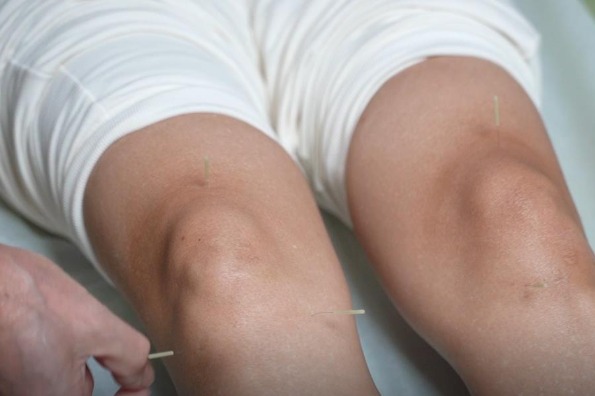TCM to play key role in HK treatment


Hong Kong will double down on the application of traditional Chinese medicine in the treatment of COVID-19 patients with the help of another group of veteran TCM experts from the Chinese mainland who are set to arrive in the city.
Hong Kong Chief Executive Carrie Lam Cheng Yuet-ngor made the announcement on Thursday during her daily news conference on the pandemic.
Lam painted an optimistic picture of the city's pandemic situation, saying that the TCM team, comprising top experts from Guangzhou, the capital of Guangdong province, will guide treatment by Hong Kong medical workers.
"It's been agreed that the mainland's experience with using TCM for treatment is applicable to Hong Kong," Lam said.
Echoing a remark by Zhang Boli, an academician of the Chinese Academy of Engineering and former president of the China Academy of Chinese Medical Sciences, Lam said she believes that "experimentation with applying TCM will allow Hong Kong to carve out a new path in terms of COVID-19 treatment".
Hong Kong Secretary for Food and Health Sophia Chan Siu-chee, who was also at the news conference, said that more work will be done to maximize the scope of TCM treatment during the fifth wave of the novel coronavirus outbreak. About 170 patients staying at the North Lantau Hospital Hong Kong Infection Control Centre and community isolation facilities have experienced the merits of TCM treatment, she said.
TCM service will not be limited to hospitalized COVID-19 patients but will extend to patients isolated or quarantined at home. Chan said a support program will be launched through the Chinese Medicine Development Fund to provide free TCM consultations and treatment for patients staying at home with mild symptoms. About 20,000 patients are expected to benefit.
Heeding advice from mainland medical personnel and taking a leaf out of the mainland's anti-epidemic experience, Hong Kong has made notable progress in increasing its treatment capability and capacity, Lam said during the news conference.
In the past two weeks, she said, the government has taken multifaceted measures to keep the pandemic from spiraling out of control.
Central to the package of measures is a road map framed as the "three reductions", which involves reducing deaths, severe cases and infections, the "three focuses", on the most vulnerable people, high-risk organizations, and precise and effective measures in key premises, and the "one priority", focused on the elderly.
The Hong Kong Special Administrative Region government has concentrated its anti-pandemic efforts on improving hospital capacity and the effectiveness of treatment, Lam said. Related measures have come a long way, reflected in the substantial expansion of the number of hospital beds available for COVID-19 patients and the conversion of Queen Elizabeth Hospital into a designated facility for COVID-19 patients.
"The number of beds (provided by hospitals under the Hospital Authority) for COVID-19 patients has been increased to more than 11,000," Hospital Authority Chief Executive Tony Ko Pat-sing said.
He said the number of COVID-19 patients on the waiting list has been reduced considerably.
"For instance, at the time when the demand peaked, 300 to 400 patients were waiting for admission by Queen Elizabeth Hospital, while the number is in single digits now," Ko said. "The improvement is self-evident."
The makeshift treatment center at AsiaWorld-Expo began operations in a short span of time, with its capacity increasing from 250 to 360 in just a couple of days, which Ko said was very heartening. It was the collaboration between the mainland and Hong Kong medical teams that got the ball rolling so rapidly, he said.
"Clinical discussion and meetings are held on a daily basis, where medical staff from the two sides bounce ideas off each other on complicated cases," he said. "Radiologists and nurses from both sides work together interpreting patients' imaging results."
The progress is the result of concerted efforts from various parties, Lam said. She extended gratitude to the central government for its persistent support of Hong Kong; to private hospitals and clinics for advancing citywide vaccinations; and to elderly homes and nonprofit organizations for their proactive cooperation and coordination.
On Thursday, the sixth makeshift hospital built with the central government's support was handed over to the Hong Kong SAR government and put into use. Serving as community isolation facilities, the new one in Yuen Long joins others in Tsing Yi, San Tin, Fanling, Hung Shui Kiu, and on the Hong Kong Boundary Crossing Facilities Island of the Hong Kong-Zhuhai-Macao Bridge.
The Yuen Long facility will provide more than 2,300 isolation rooms with over 9,400 beds. Along with the other five, a total of about 20,000 emergency beds are expected to be offered to patients.
Ao Yulu contributed to this story.




